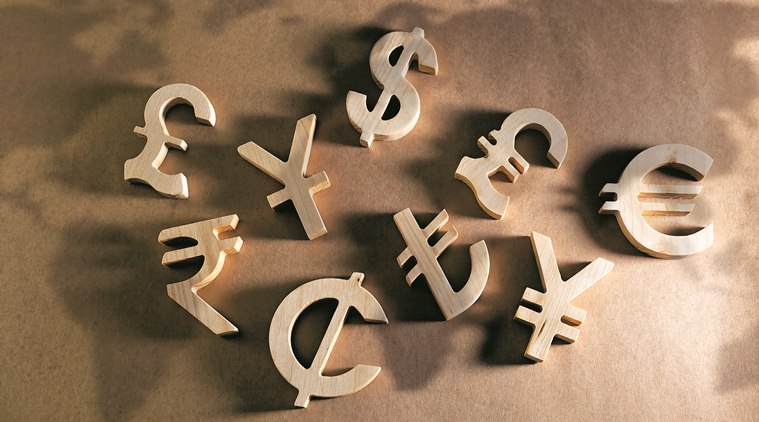EQUITIES
Shares in Asia-Pacific were higher in Wednesday trade, as investors react to China’s inflation data and as tensions appeared to ease between Russia and Ukraine.
Japan’s Nikkei 225 jumped 2% to rebound from two days of falls, leading gains among the region’s major markets, while Australia's S&P/ASX200 gained 0.94%, and South Korea KOSPI climbed 1.56%.
In mainland China, the Shanghai composite rose 0.69% while in Hong Kong, the Hang Seng index advanced 1.27%.
The U.S. market jumped overnight, with the Dow Jones Industrial Average rose 1.22%, to 34,988.84, while the S&P 500 climbed 1.58% to 4.471.07, and the Nasdaq Composite surged 2.53% to 14,139.76.
OIL
Oil prices steadied on Wednesday after retreating more than 3% in the previous session as investors gauged the impact of easing Russia-Ukraine tension. Investors are also watching talks between the U.S. and Iran on reviving Tehran's nuclear deal, which could potentially allow for higher Iranian oil exports.
The Brent now traded at $93.05 per barrel, while the U.S. crude futures traded at $91.95 per barrel.
Oil prices tumbled more than 3% on Tuesday, retreated from a seven-year high after Russia said some of its military units were returning to their bases after exercises near Ukraine, a move that appeared to de-escalate tension between Moscow and the West. Both oil benchmarks hit their highest since September 2014 on Monday, with Brent touching $96.78 and WTI reaching $95.82.
CURRENCIES
The U.S. dollar index, which tracks the greenback against a basket of its peers, was at 96.036 — off levels above 96 seen recently. Meanwhile the yield on 10-year Treasury notes was last 2.029, back near its two-year high after dipping below 2% this week as tensions rose.
The dollar and U.S. rates could move later in the day after minutes of the Fed's February policy meeting. Investors are looking to see whether the possibility of a 50-basis point rate hike was discussed.
Bitcoin rose back above $44,000 in another sign of the risk-on mood in markets.
GOLD
Gold prices slid from a multi-month high as safe-haven assets lost some of their appeal with tensions possibly easing over Ukraine. Spot gold shed to $1,853.00 per ounce, and U.S. gold futures slipped 0.1% to $1,854.60.
ECONOMIC OUTLOOK
Asian shares rallied on Wednesday, tracking gains in their U.S. peers, as markets welcomed news over the de-escalation of tensions in Eastern Europe.
Fears of a Russian invasion of the Ukraine this week dissipated after Moscow indicated it was returning some troops to base from exercises, delivering investors a measure of relief. It was not clear how many units were being withdrawn, and by what distance, after a build-up of an estimated 130,000 Russian troops.
While the Ukraine crisis simmered, investors' attention will now be likely to turn to economic and monetary policy developments amid ongoing speculation the U.S. Fed might raise rates by a full 50 basis points in March.
Among events in focus, was the release of the minutes from the Federal Reserve's January policy meeting later today as well as January consumer inflation data from the UK and Canada.
China's factory-gate and consumer price inflation both came in lower than expected in January, data earlier today showed. The CPI for January rose 0.9% as compared with a year ago, while PPI rose 9.1%. In the U.S. however, the Labor Department reported PPI increased by the most in eight months in January, a reminder that high inflation could persist through much of this year.
Fourth quarter reporting season is entering its last stretch, with 370 of the companies in the S&P 500 having reported. Of those, 78.1% have beaten analyst estimates, according to preliminary Refinitiv data.














